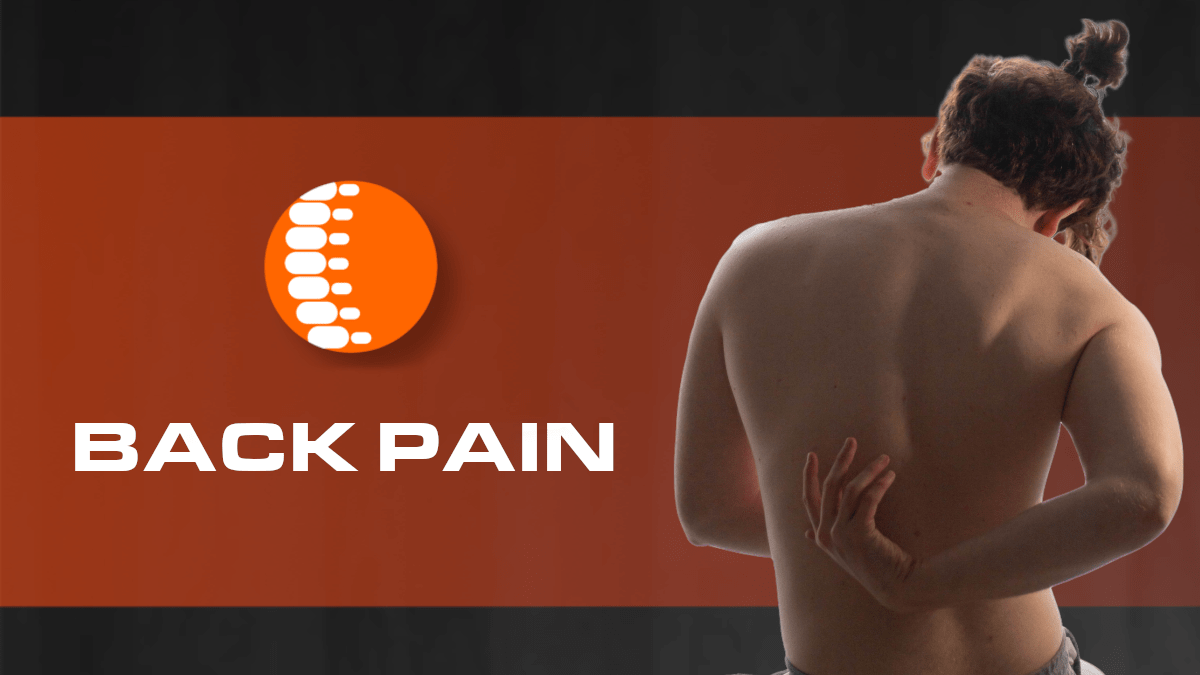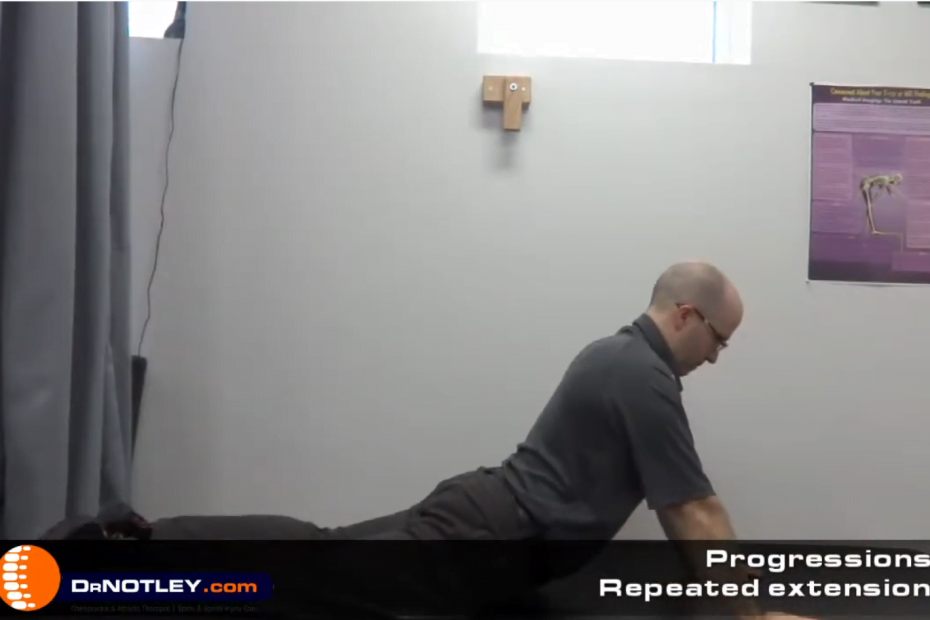
One of the most troubling conditions my lower back pain patients face is sciatica, where they experience symptoms radiating down their leg. This often results from irritation to the nerve root at the spine, commonly due to a herniated disc pressing against the nerve root.
Causes of Disc Injuries
Most disc injuries occur due to flexion (forward bending) and rotation movements. Herniated discs typically affect the back of the disc and tend to be on one side more than the other. I often compare the spinal disc to a jelly-filled doughnut: the outer layers are tough and fibrous, like the multiple layers of an onion, while the inner portion is gelatinous. If you smash a jelly-filled doughnut with your fist, the jelly squirts out through the area of least resistance—the hole where the jelly was injected. Similarly, in a disc herniation, the gelatinous portion pushes in the direction where the outer layers have weakened, causing a bulge. If this herniation is large enough, it can affect the nerve.
The Concept of Centralization
It stands to reason that moving in the opposite direction could help “squish” the bulge back toward the center, reducing irritation on the nerve root and alleviating leg symptoms. This process is known as centralization. Robin McKenzie, a therapist from New Zealand, popularized the use of back extension exercises for back pain, reporting success in reducing patients’ symptoms. While the exact mechanism behind centralization is not fully understood, the concept has shown promising results in clinical practice.
Recommended Exercises
Here are some extension exercises I recommend to my patients, as seen in the video:
- Sphinx position – Lying on your stomach and resting on your elbows.
- End range loading into extension – how far you move into extension depends on pain and tolerance.
- Perform about 10 repetitions, holding each for 10 seconds.
- These can be done when symptoms occur or periodically throughout the day.
- Do not continue the exercises if they increase symptoms.
Research Findings
I recently came across a research article that found evidence of a disc bulge being reduced. The study used porcine (pig) spines to examine the effects of repeated extensions on disc bulges, as the pig cervical spine is very similar to the human lumbar spine. Here’s what the researchers found:
- Repeated pure extension or extension with side flexion (depending on the location of the herniation) redirected the displaced portions of the nucleus back to the central part in several discs.
- The frequency of repeated extension was one extension per second (1 Hz).
- The number of repetitions was at least 900.
- Specimens that did not respond to reversal testing had more extensive prolapses (more volume posteriorly and closer to the outer annulus) than those that did respond.
Based on these findings, we understand that not all patients will respond to this treatment. It’s important to remember that even if a herniated disc is reduced, it may not be the sole cause of back pain. Many people have herniated discs without experiencing any pain.
Practical Applications
I often suggest these exercises, particularly for individuals whose jobs involve repeated or sustained flexion or rotation. I have also used them as a preventive measure. Based on this new information, I will be adjusting how I recommend these exercises, exploring the effects of performing extensions every second and increasing the number of repetitions to see if it improves my patients’ symptoms. I’m always learning and willing to adapt based on what the research says.
Dr. Notley
Winnipeg Chiropractor/Athletic Therapist since 2000
Originally posted on May 17, 2022 @ 4:36 pm
